The views expressed in our content reflect individual perspectives and do not represent the official views of the Baha'i Faith.
The image used by Abdu’l-Baha to capture for His hearers the coming transformation of society was that of light. Unity, He declared, is the power that illuminates and advances all forms of human endeavour. The age that was opening would come in the future to be regarded as “the century of light,” because in it universal recognition of the oneness of humankind would be achieved. With this foundation in place, the process of building a global society embodying principles of justice will begin. – Century of Light, p. 127.
“Light” (Nūr, in Persian) is the name of the fifth Baha’i month in the 19-month, 19-day Baha’i Calendar. The month of Light lasts through the middle part of June each year. During this period in the Northern Hemisphere, springtime turns into summertime, the summer solstice occurs, and light floods that part of the world.
Light invites reflection. Why? Light is not only physical, it is spiritual—visible, and invisible. We all know what “light” looks like. Or do we?
Of course, we can see colors. At least those in the visible range of light, in the spectrum of wavelengths that we can readily perceive with our human sense of sight.
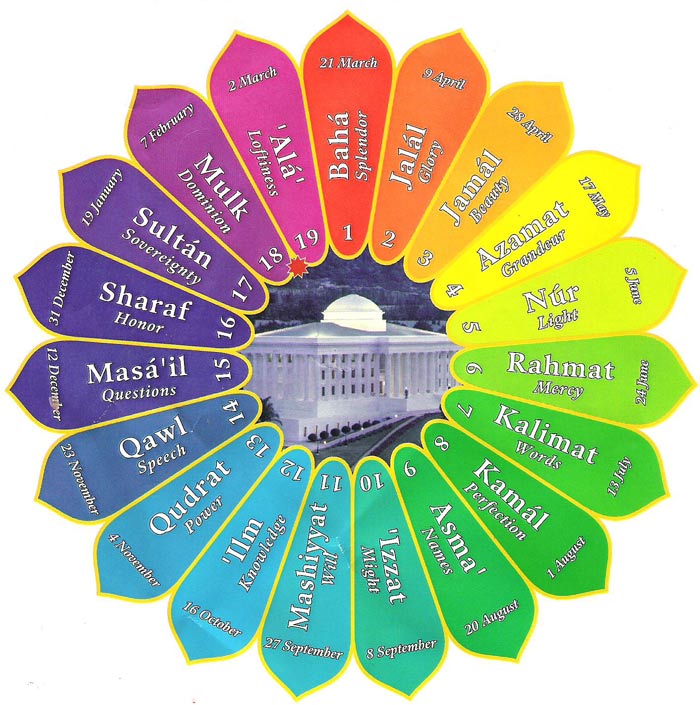
Badí Calendar
Some kinds of light we cannot see. Take ultraviolet light, for instance. Not only can we not see ultraviolet light, but it can damage our eyes—the main reason you shouldn’t look at the sun for more than a quick glimpse.
Spiritual “light” is equally as real as physical light, perhaps more so. But spiritual light can only be described metaphorically, as light we cannot see. We can only see its effects. Why? Because spiritual light affects the world of consciousness. Spiritual light enlightens without visible light. But it takes a “spiritual eye” to perceive “spiritual light.”
You’ll find this attribute of God—“Light”—manifest in the world of human consciousness, a mental universe unto itself. It exists in relation to this physical world, yet is independent of it. Its dependency has to do with its physiological connection with the brain and the central nervous system. Apart from that, consciousness operates at the level of self-aware energy, with its own “inner senses.” This is where spiritual light comes into play.
Becoming “light” means to be “enlightened.” It is also process of “enlightening.”
God enlightens. The prophets and messengers of God mirror forth God’s light. In turn, you and I have the capacity both to be enlightened and to enlighten others.
To enlighten is to be enlightened. To enlighten others is to enlighten oneself. Enlightenment is individual. Enlightenment is social. Of course, it is both.
Now let’s provide some specific examples for these general principles regarding spiritual light.
Steingass, in his highly regarded 19th-century lexicon, A Comprehensive Persian-English Dictionary, defines the Persian word “nūr” as follows:
nūr, Light, rays of Light … ; splendour, illumination; an epithet of God; one who enlightens (applied as an epithet to Muhammad); knowledge; truth; … — nūr-i ilāhī, Divine light; — nūr-i īmān, Light of the faith; — nūr-i pasīn, Muhammad; — nūr-i tajallī, An illumination; — nūr-i chashm (dīda), Light of the eyes; a beloved child; — nūr-i sāda, Pure light, without any mixture of darkness; — nūr-i ʻaẕrā, The Light of Jesus and Mary; — nūr gustarānīdan, To display, lay open; to turn to; to do good; — nūr-i mubīn (naḵẖustīn), Muhammad. – Steingass, A Comprehensive Persian-English Dictionary.
Here, we see much that is familiar, similar to the idea of “light” in English, such as “illumination,” “knowledge” and “truth.” With Persian being spoken in a predominantly Muslim environment, we also see some relatively unfamiliar uses of the term “light,” like the reference to Muhammad. Whether Jesus, Muhammad or Baha’u’llah, each God-sent messenger provides humanity a great source of spiritual enlightenment. Such an “Educator,” according to Abdu’l-Baha, has this mission to fulfill:
He must also impart spiritual education, so that minds may apprehend the metaphysical world, breathe the sanctified breaths of the Holy Spirit, and enter into relationship with the Concourse on high, and that human realities may become the manifestations of divine blessings, that perchance all the names and attributes of God may be reflected in the mirror of the human reality and the meaning of the blessed verse “Let Us make man in Our image, after Our likeness” may be realized. – Some Answered Questions, newly revised edition, pp. 10-11.
Although not nearly to the same degree, you and I have the potential to become enlightened and to enlighten others. We have the capacity to manifest the “names and attributes” of God:
Now, the world of existence, indeed every created thing, proclaims but one of the names of God, but the reality of man is an all-encompassing and universal reality which is the seat of the revelation of all the divine perfections. That is, a sign of each one of the names, attributes, and perfections that we ascribe to God exists in man. – Ibid., p. 226.
Throughout the year, we can all meditate upon, and manifest in our character and actions, each of the “names and attributes” of God, turning toward the light and absorbing it.






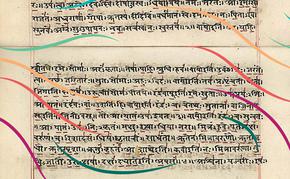
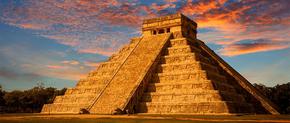




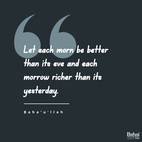

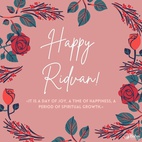


Comments
Sign in or create an account
Continue with Facebookor